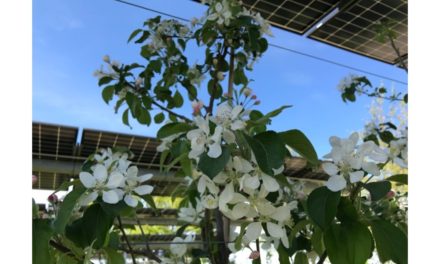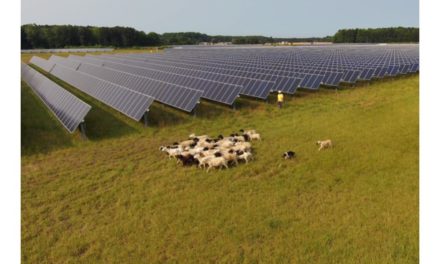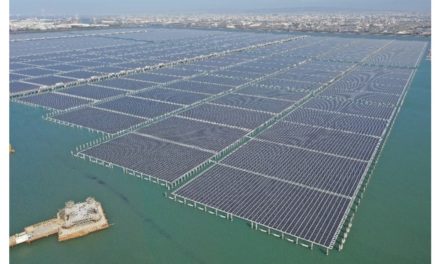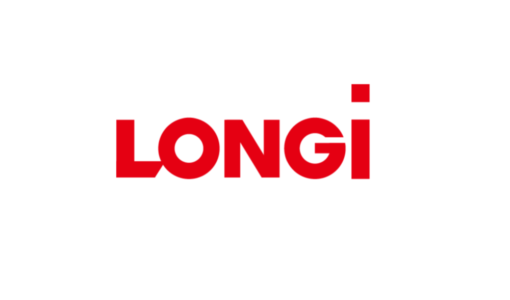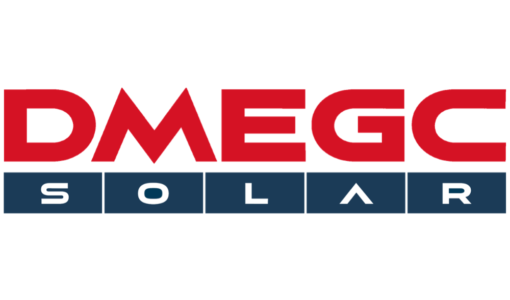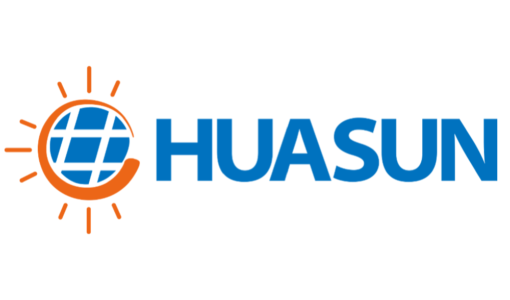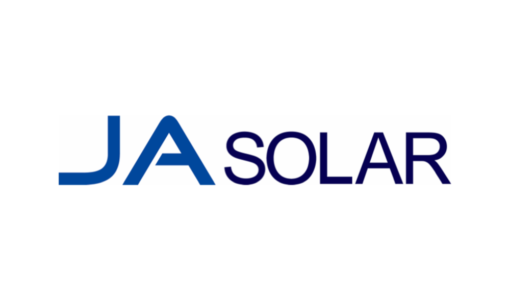- Fraunhofer ISE-led consortium has found a fruitful correlation between solar panels and agriculture
- Their interim results over the last 2 years show crops benefit solar systems installed atop improve electricity generation
- With solar panels installed above apple trees under the project, irrigation requirements were reduced by 50%
Crops grown under solar systems benefit from partial shading, and the cooling effect provided by the former contributes to the latter producing more electricity than previously assumed, says the Fraunhofer Institute for Solar Energy Systems ISE.
These are the initial interim results of the German solar research institute led 13-member consortium’s research on pilot agrivoltaic systems in Germany’s Baden-Württemberg. The focus of their research work is on the combination of pome and soft fruit with differently tracked solar panels.
Referring to the initial results of their research carried out over the last 2 years to assess the impact of solar panels installed above apple trees in Kressbronn on Lake Constance, the researchers found the orchard was able to save irrigation requirement by 50%. It was also able to save 70% of pesticides on the area under the agri-PV system.
According to the consortium, “The trend of too much sun and too little water for apple trees, which is increasing due to climate change, is counteracted. The Agri-PV system produces over 20 percent more electricity than the consortium expected based on the simulations.”
The team believes the solar system is generating more electricity due to a combination of evaporative cooling and rear ventilation even though it is still working on the exact reasons.
It has now inaugurated a new and the largest agri-PV system for fruit growing in Nußbach. The Vollmer Fruit Farm is the 5th facility under the research project Model Region Agri-Photovoltaics for Baden-Württemberg.
The agri-PV system at Vollmer Fruit Farm is divided into 4 parts. It includes permanently mounted PV modules for kiwi, pears, apples and plums; a system based on polytunnels in berry cultivation with semi-transparent modules; and a tracking system with fully shading modules.
Farmer and entrepreneur Dr. Hansjörg Vollmer explained, “The special thing about the tracked PV system is that the 140 meter long rows are halved. One half of the rows are tracked taking into account plant physiological aspects, the other half are controlled purely according to sun-optimized parameters.”
The team plans to develop tracking algorithms and test the same in the system of the project partner Intech Clean Energy from mid-2024.
“The Model Region Agri-Photovoltaics Baden-Württemberg shows that PV use and agriculture can enter into a fruitful symbiosis without entering into a usage conflict over the area,” said State Secretary Dr. Andre Baumann.
Funded by the German state ministries for the environment, climate, and energy as well as for nutrition, rural areas and consumer protection, the project targets to construct tailor-made pilot plants at 9 different locations with different fruit and berry crops. This research will help the consortium assess various promising areas of application and technologies, along with design variants.
Germany needs to achieve 215 GW cumulative solar energy capacity by 2030 under its climate targets; however, space constraints for ground-mounted PV are foreseen. Agrivoltaics are then seen as a viable option to ensure dual use of land and still speed up solar installation. Fraunhofer ISE pegs the technical potential of agrivoltaics in Germany at 1.7 TW (see Fraunhofer ISE Issues Guidelines For Agrivoltaics).


